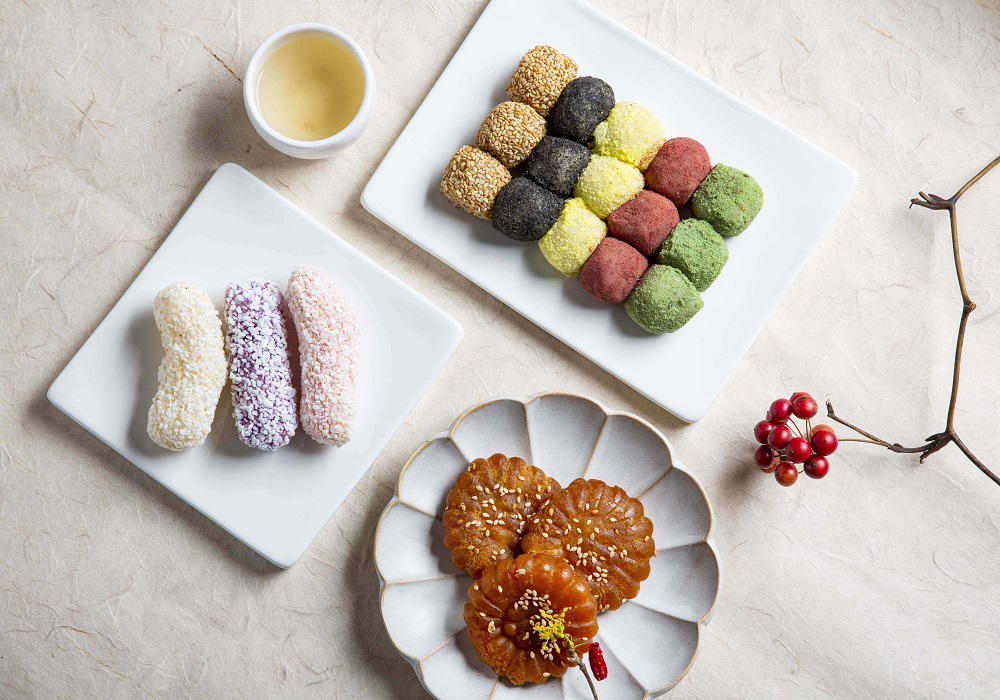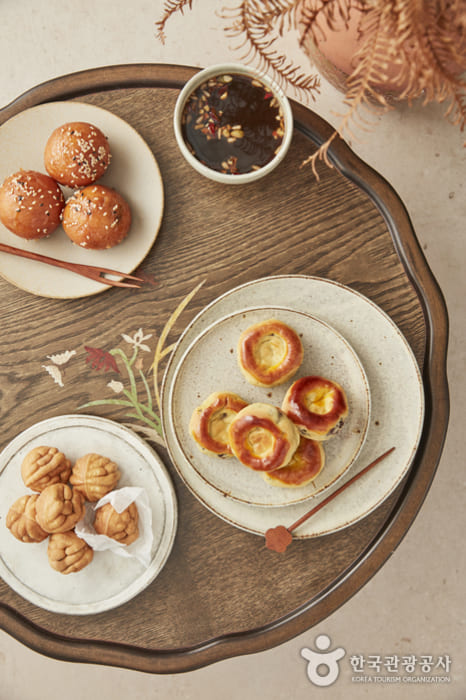- Log in
-
- Sydney Overseas Office
- London Overseas Office
- Paris Overseas Office
- Toronto Overseas Office
- Los Angeles Overseas Office
- New York Overseas Office
- Ulaanbaatar Overseas Office
- Istanbul Overseas Office
- Dubai Overseas Office
- New Delhi Overseas Office
- Manila Overseas Office
- Jakarta Overseas Office
- Hanoi Overseas Office
- Kuala Lumpur Overseas Office
- Singapore Overseas Office
- Bangkok Overseas Office
- Map
- Sydney Overseas Office
- London Overseas Office
- Paris Overseas Office
- Toronto Overseas Office
- Los Angeles Overseas Office
- New York Overseas Office
- Ulaanbaatar Overseas Office
- Istanbul Overseas Office
- Dubai Overseas Office
- New Delhi Overseas Office
- Manila Overseas Office
- Jakarta Overseas Office
- Hanoi Overseas Office
- Kuala Lumpur Overseas Office
- Singapore Overseas Office
- Bangkok Overseas Office
Beverages & Desserts
-
-
-
Beverages and Desserts
-
04/03/2023
-
2.2K
0
0
-
-
Korean food
Korean_food_experience
Korean_cuisine
snack
Traditional_Liquor
traditional
-
-
Desserts and Beverages, the Taste of Sweet Joy
Korean desserts and beverages are gaining attention thanks to their neat appearance, pretty colors, subdued sweetness, and healthy ingredients. Rice cakes, hangwa (Korean traditional sweets), and beverages that our ancestors enjoyed during different periods have been reinterpreted with a contemporary twist to continue the luxurious dessert culture. Korean traditional liquor made of rice, yeast and various fruits are also extremely popular because of the appealing taste and scents. Different regions have their own unique Korean desserts and beverages so it is fun to visit one region after another to enjoy the special flavors.

Rice Cake
Rice cakes are created by steaming or boiling flour (typically rice flour), which is then made into various shapes. There are hundreds of different kinds, including half moon-shaped songpyeon, which contains red beans stuffed into beautifully made rice flour dough, and injeolmi comprising a layer of assorted grain powders over chewy rice cakes. Today, we can also easily find a unique variety of rice cakes with modern touches such as tiramisu rice cake made of chocolate and tiramisu as well as strawberry rice cake filled with strawberries.
Hangwa
One of the most famous hangwa, or Korean traditional sweets, that Koreans love is yakgwa (honey cookie). It is a snack made by frying flour dough in oil and adding sesame oil, creating fascinating sweet flavors. Deep-fried honey mandarin cookies, which can only be found on Jeju Island, are also a popular type of hangwa that presents a crispy texture and subtle sweetness.
Traditional Beverages
Sikhye (Sweet rice punch)
Sikhye is a sweet beverage made of rice and characteristically features rice grains floating on the surface. It used to be shared on national holidays or at feasts, and a cup of cold sweet rice punch after a huge meal helps with digestion. From pumpkin sweet rice punch to lotus leaf sweet rice punch, there are various kinds depending on the ingredients and, among them, the sweet and spicy Andong sweet rice punch, which contains ginger juice and red pepper powder, is the most unique type.
Sujeonggwa (Cinnamon punch)
Sujeonggwa is considered one of the most famous traditional beverages along with sweet rice punch and boasts a unique taste with a hint of piquant flavors. Pine nuts or dried persimmon are often found floating atop cinnamon punch, which is a popular healthy beverage thanks to its body-warming, bowel-protecting effects.
Tip Top 3 must-buy Korean local specialty desserts1. Gyeongju Hwangnam bread
This red bean bread was first sold in 1939 in Gyeongju’s Hwangnam-dong area where its name comes from. The best part is the red bean stuffing that fills up the thin dough and even a single piece fills you up. As the capital of the old Silla some 2,000 years ago, the city sells the bread embossed with the historical and traditional comb pattern.
2. Cheonan walnut cake
This snack uses walnut, a specialty of Cheonan, as the main ingredient and is roasted in a mold. It was originally sold only in the Cheonan region but, as it gained more popularity, it became widespread as a staple of service areas on highways nationwide.
3. Tongyeong honey bread
A specialty of Tongyeong, this bread is made by adding red bean stuffing inside flour dough, then frying and spreading starch syrup and sesame on it. Due to the warm climate of Tongyeong, this bread was first conceived as a way to preserve bread and prevent it from spoiling. It is also a snack that sailors loved to eat. In Tongyeong Jungang Market, there is a Honey Bread Alley where honey bread stores are lined up.
 【 Honey bread (top), Hwangnam bread (top right), walnut cake (bottom)】
【 Honey bread (top), Hwangnam bread (top right), walnut cake (bottom)】Makgeolli (Unrefined rice wine)
Makgeolli is a Korean indigenous liquor made by steaming rice flour, mixing the steamed rice flour with nuruk (Korean alcohol leavening agent) and water, and fermenting the mixture. It is characteristically murky in color and low in alcohol content. It is fun to try countless unique makgeolli with local flavors around the nation, from Mungyeong’s famous omija makgeolli made of omija (fruit with five different flavors) and Gangwondo’s corn makgeolli to Udo Island’s peanut makgeolli.
Fruit wine
This traditional liquor is made with fruit and some of the more notable kinds are green plum wine and bokbunja wine. Green plum is a fruit with excellent efficacy in digestion and the liquor made from plum is widely known to have a pleasant scent and great taste. It also presents many benefits in terms of health because it aids to absorb any accompanying foods. Bokbunja, or black raspberries, is a famous specialty product of the Gochang region in Jeollabuk-do and, thanks to its energy-invigorating effect and excellent flavors and efficacy, bokbunja wine has been loved by many for a long time.
Soju
This popular liquor is made by fermenting grains and is either distilled or diluted with water. It is consumed by Koreans more than any other liquor. As fruit soju containing lemon, citron, grapefruit or blueberry has gained popularity in recent years, the soju market now presents an even greater variety including green grape- and apple-flavored soju.
This page was last updated on March 24, 2023, and therefore information may differ from what is presented here.
1330 Korea Travel Hotline: +82-2-1330 (Korean, English, Japanese, Chinese, Russian, Vietnamese, Thai, Malay)





